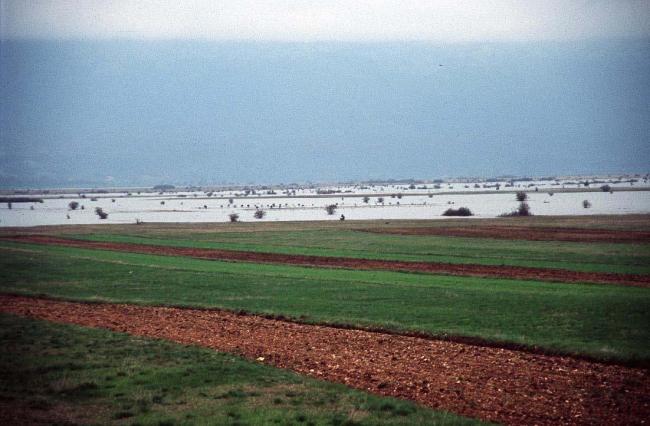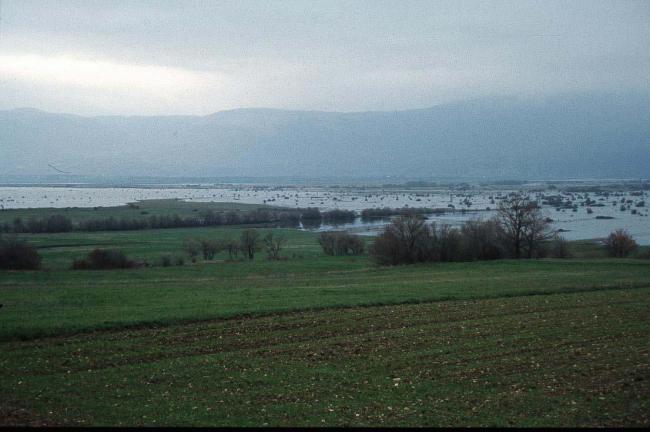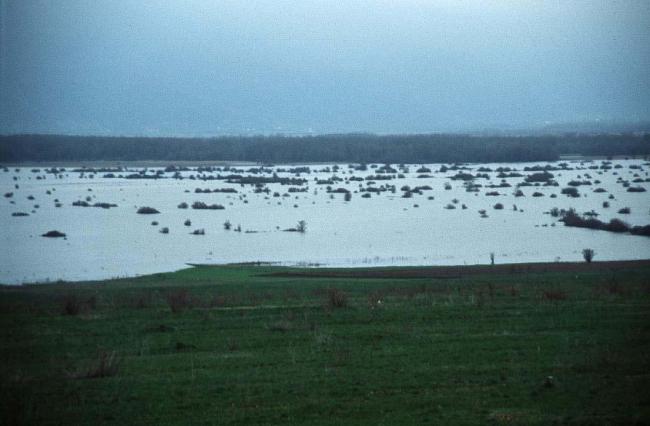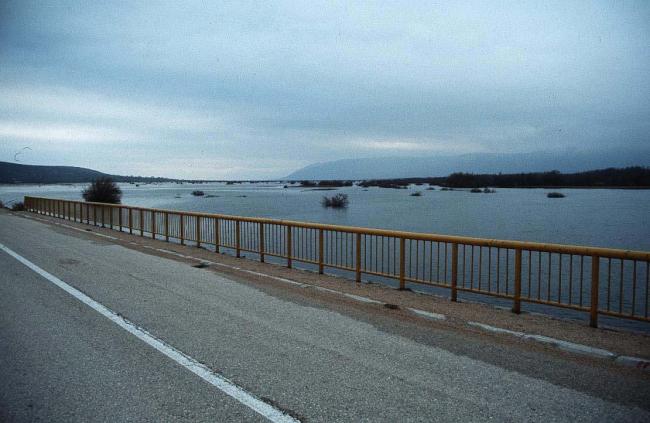Livanjsko Polje
Livanjsko Polje
- Country:
- Bosnia and Herzegovina
- Site number:
- 1786
- Area:
- 45,868.0 ha
- Designation date:
- 11-04-2008
- Coordinates:
- 43°51'53"N 16°49'30"E
Carousel
CarouselMaterials presented on this website, particularly maps and territorial information, are as-is and as-available based on available data and do not imply the expression of any opinion whatsoever on the part of the Secretariat of the Ramsar Convention concerning the legal status of any country, territory, city or area, or of its authorities, or concerning the delimitation of its frontiers or boundaries.
Livanjsko Polje (Livno karst field). 11/04/08; Hercegbosanska canton; 45,868 ha; 43°53'N 016°47'E. The largest karst depression in the Dinaric karst and perhaps the largest periodically flooded karst field in the world. The site comprises seasonally flooded agricultural land and alluvial forest, seasonal marshes and pools, permanent streams, karst springs and sinkholes, and the largest peatland in the Balkans. Together with the Sava wetlands, it is the most important wintering, migration, and breeding site for waterbirds and raptors in the country and a key site of the Central European Flyway. The polje is important for the identity of the local community of Livno, well-known for its traditional cheeses, and for a wide range of recreational pursuits. Threats include water extraction for energy production, a planned coal-fired thermoelectric plant, and unsustainable peat excavation. Ramsar site no. 1786. Most recent RIS information: 2008.
Administrative region:
Hercegbosanska Zupanjia
Last publication date:
11-04-2008
Ramsar Information Sheet (RIS)
- BA1786RIS.pdf
- BA1786map.pdf
Site map
Additional reports and documents
Taxonomic lists of plant and animal species occurring in the site









